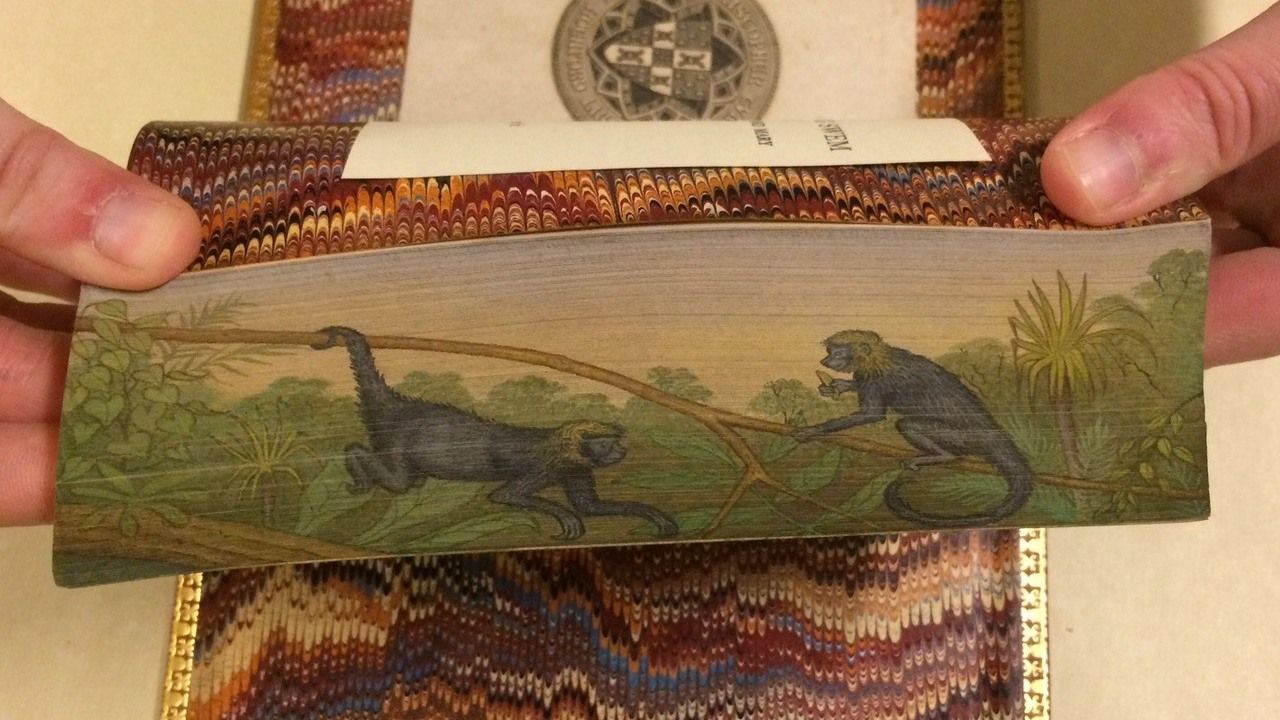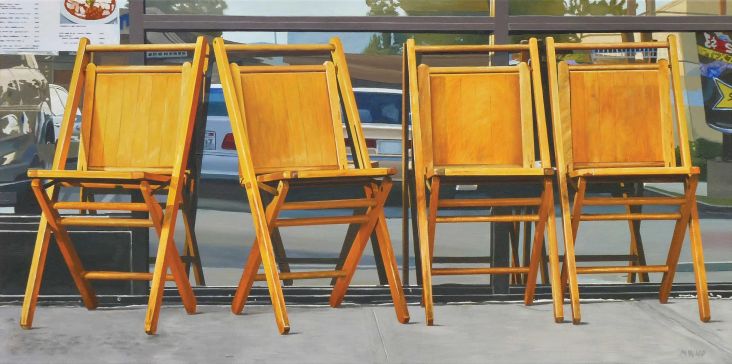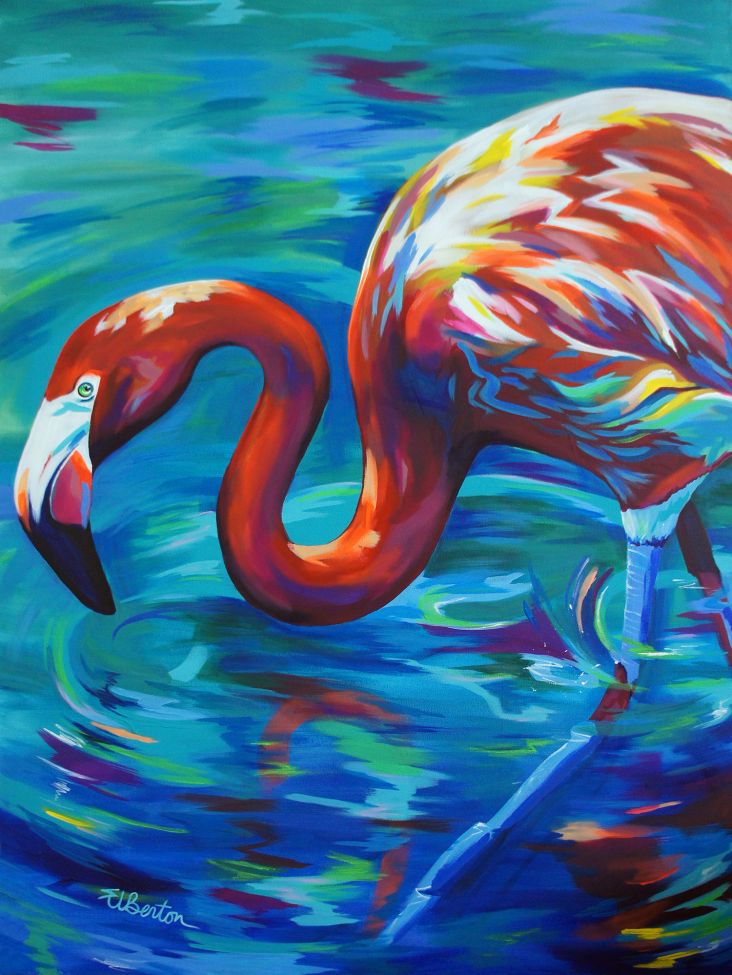Hidden artworks painted on the edge of historic books
There was once a time when fore-edge paintings were in fashion – that is, intricate illustrations around the closed pages of a book. Although gold or silver leaf was always a popular choice, some titles went a step further and included whole landscape or portrait paintings.

Interestingly, some fore-edge paintings were so secret that you could only discover them when the book was fanned in a certain direction. And if the book was closed as normal, the page edges would look blank. Sometimes, these secret illustrations could be doubled – revealing two different artworks on different slants.
The Earl Gregg Swem Library holds the 700-strong Ralph H. Wark Collection, the largest collection of fore-edge painted books in America. Jay Gaidmore, Director of Special Collections at the Library, said: "Sometimes the fore-edge paintings corresponded to the subject of the book, and sometimes not. Typical scenes include Oxford and Cambridge, the Thames River, Westminster Abbey, the English village and countryside, Edinburgh, authors, ships, and classical figures... Most of the books are 19th century English fore-edges, but there are a few American scenes."
So when did fore-edge paintings begin? They can be found on books dating back to the 11th century with more elaborate versions appearing around the 17th century when artists tried to push the boundaries on what was possible.
"Fore-edge paintings peaked in the late 18th and early 19th centuries in England," added Gaidmore. "Edwards of Halifax, part of the Yorkshire family of bookbinders and booksellers, has been credited with establishing the custom."
Via Atlas Obscura | Main image courtesy of Swem Library
](https://www.creativeboom.com/upload/articles/4d/4d0cb3daa25cc5a2716bb6eef5fb0a78bdb23711_944.jpg)
A two-way double fore-edge painting from The Book of The Thames (1859), slanted one way | Photo courtesy of The Swem Library
](https://www.creativeboom.com/upload/articles/db/db81d5385a23e1f970287b827f3b5b44535cca6e_944.jpg)
And the other slant | Photo courtesy of The Swem Library
](https://www.creativeboom.com/upload/articles/d5/d5aac6ff8ccb2ad28805477b7db7960232f43dd4_944.jpg)
The American capital painted on the edge of American Poems (1870) | Photo courtesy of The Swem Library
](https://www.creativeboom.com/upload/articles/5a/5a6bab3cacc9c858bb2b901a785572d07adb62dc_944.jpg)
Henry Longfellow from The Complete Poetical Works of Henry Wadsworth Longfellow | Photo courtesy of The Swem Library
](https://www.creativeboom.com/upload/articles/d3/d3669e41e68e960bbfed9265fccd921f456b2fcc_944.jpg)
A circus scene from Essays, Poems, and Plays (1820) | Photo courtesy of The Swem Library
](https://www.creativeboom.com/upload/articles/90/90387f166a984bfb8ab2075c5ed426bcfe37fcac_944.jpg)
A ship painted in Lectures on Modern History (1843) | Photo courtesy of The Swem Library
](https://www.creativeboom.com/upload/articles/80/801a2306ee58998143e6c58f2100e885cec82496_944.jpg)
A tiny farm scene on the side of The Farmer's Boy (1827) | Photo courtesy of The Swem Library




 by Tüpokompanii](https://www.creativeboom.com/upload/articles/58/58684538770fb5b428dc1882f7a732f153500153_732.jpg)


 using <a href="https://www.ohnotype.co/fonts/obviously" target="_blank">Obviously</a> by Oh No Type Co., Art Director, Brand & Creative—Spotify](https://www.creativeboom.com/upload/articles/6e/6ed31eddc26fa563f213fc76d6993dab9231ffe4_732.jpg)
















